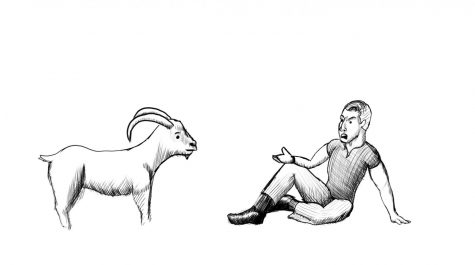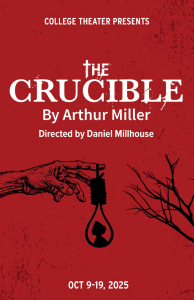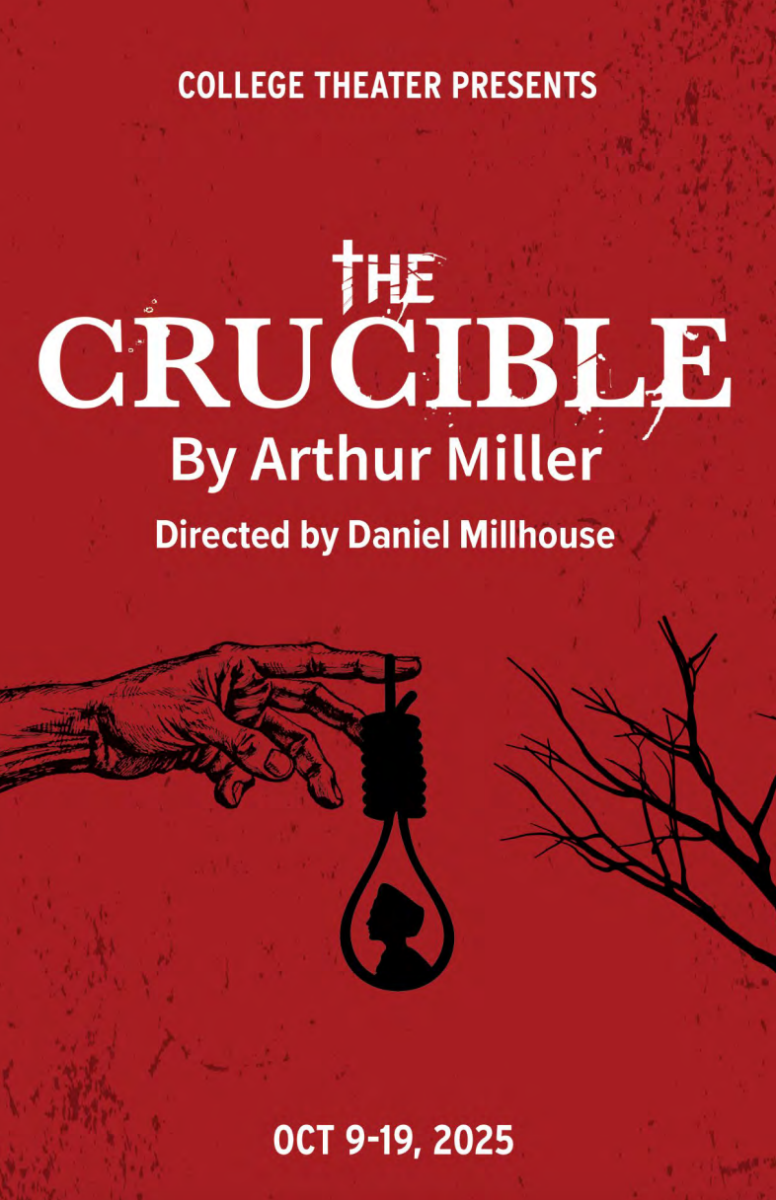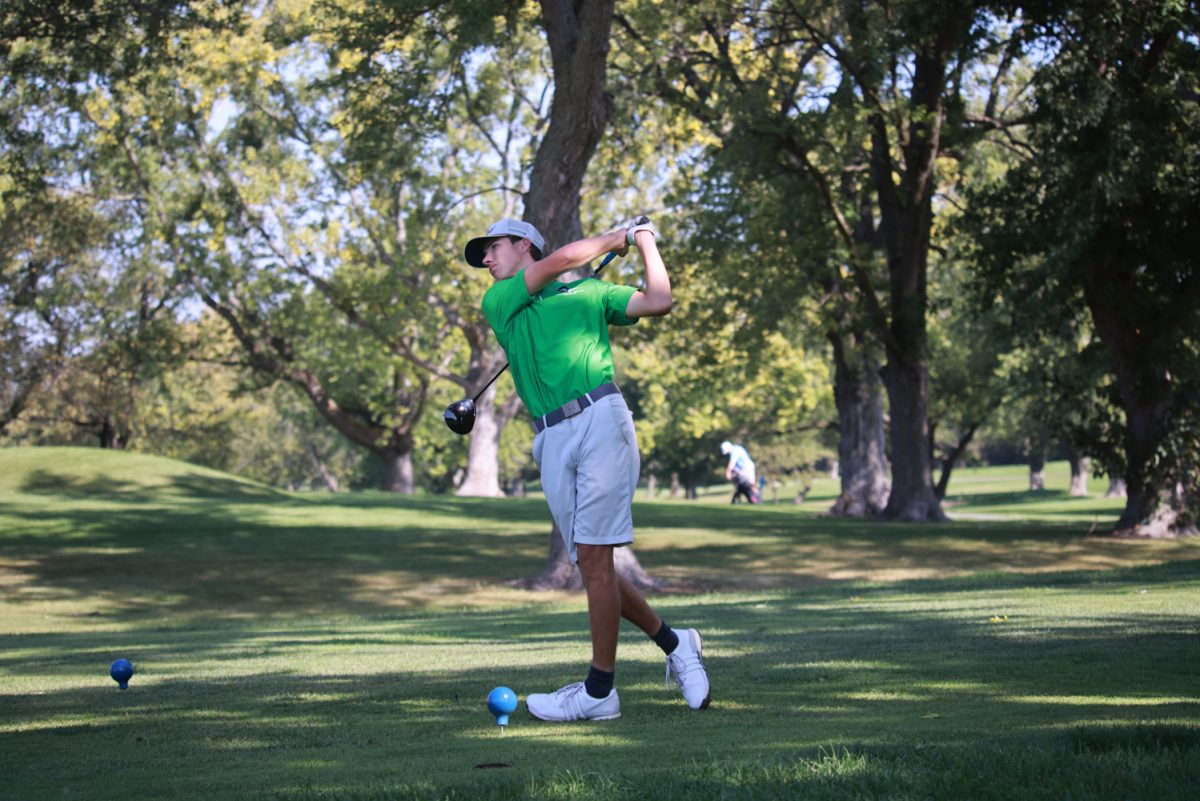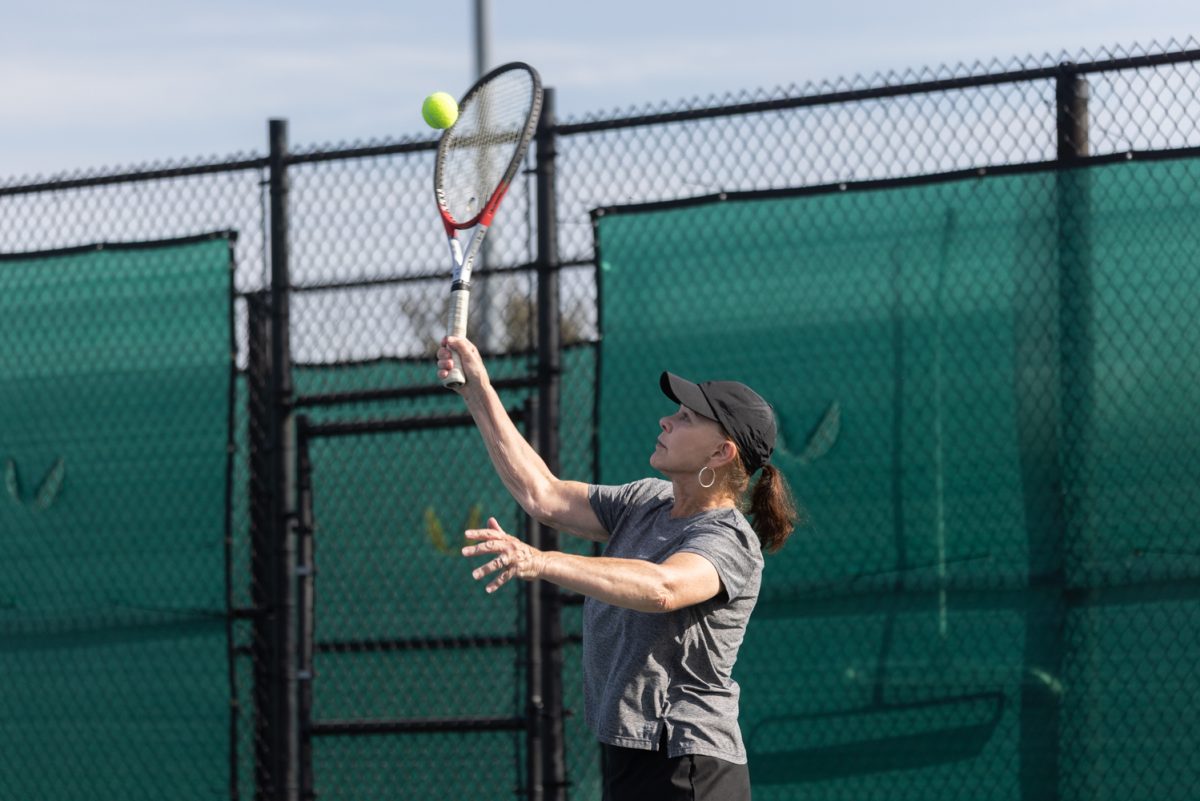Become one with the beasts: Understanding speech through animal communication
Students of College of DuPage’s Speech Communication course study nonverbal animal communication like the hoof stomping, tail flicking and eye movement of horses at Galusha Farm in Warrenville (photo by Lindsay Piotter)
May 31, 2019
All across the animal kingdom, an unspoken language commands relationships and dictates species’ behavior. How can we study this behavior to better appreciate the interpersonal and group communication dynamics in our own lives?
For the third year, College of DuPage Speech Professor Jude Geiger will immerse students in nonverbal communication techniques between animals and humans. By studying the barriers animals and humans overcome in facilitating dialogue, Geiger’s summer-term Speech 1100 course inspires students to overcome their personal barriers to healthy communication.

Students will give speeches on animals, learn about trainer etiquette and rehabilitation at Willowbrook Wildlife Center, study horse communication at Galusha Farm, study human and dog interaction at Consummate Canines and explore group dynamics in a visit to Brookfield Zoo.
Geiger believes the field studies class makes learning speech fundamentals more interactive and exciting for students.
“It’s a unique experience because we get out of the classroom and learn to explore the interplay of communication through different animal behavior,” said Geiger.
Geiger said, while on nature walks, or on a scavenger hunt exercise at Brookfield Zoo, students practice interpersonal and small group communication with other students. While learning about animal communication, students face tasks with a common objective. The exercise helps each student’s natural role in the group become established and understood.
“With interpersonal communication, we focus on how you initiate an open dialogue with someone you’ve never met before,” said Geiger. “Small group communication is similar, where we examine who in the relationship displays leadership and what type of leadership they express. Functional leadership is someone who gets things done. Transformational leadership is one who inspires others. Students reflect on the individual roles they play in their relationships. Who was the note-taker? Who kept everyone on track? Who kept everyone’s spirits up?”
By observing animal interaction, students identify how each individual role influences the effectiveness of the attempted communication. Just as humans, the personality of each species dictates their strategy for communicating.
At Willowbrook Wildlife Center in Glen Ellyn, students observe how healthy communication between trainer and animal can expedite rehabilitation for the animal. Students watch how trainers nonverbally communicate during feeding sessions or when moving animals into different enclosures. By witnessing persuasive techniques that don’t involve negative reinforcement, students explore what cooperation is necessary between the messenger and the receiver. Where can interference occur, and how does one overcome these obstacles to ensure mutual success?
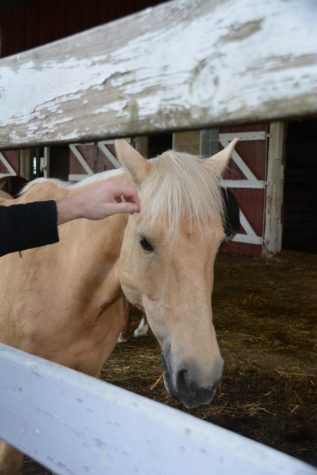
Students will study similar ways nonverbal communication helps overcome interference by witnessing dog and trainer interaction at Consummate Canines in Roselle. By observing how trainers get dogs to perform advanced tricks by communicating through a series of hand signals, students focus on the importance of clarity in messaging and complete attention in receiving directions.
Geiger said one of the most important breakdowns to overcome in communication is when members perceive the world differently. To study this relationship, students visit Galusha Farm in Warrenville to observe how horses communicate with each other and with human interaction.
The students will learn from Joyce DeZutti, a nurse educator at Alexian Brothers Behavioral Health Hospital, who provides horse time and riding lessons at Galusha Farm.
DeZutti teaches students how to build a trusting relationship with the horse by approaching with slow movements, respecting its space and speaking in a calm voice. Direct eye contact should be avoided because horses are prey animals, and it could trigger a fear response.
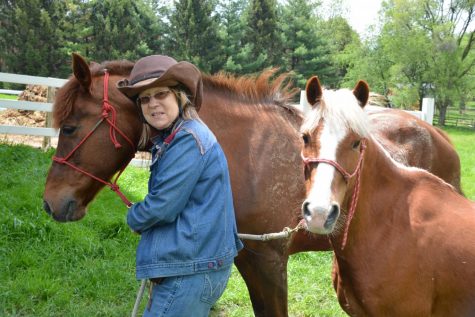
“Horses are very congruent with emotions,” said DeZutti. “If I pretend I’m not afraid of approaching, the horse will be able to sense my inner-fear. They naturally want to avoid incongruent behavior. People who are in abusive relationships can relate to the horse’s instinct to recognize and avoid incongruent actions. For safety, one must properly read and understand the situation. This involves appreciating more than just verbal communication.”
DeZutti said a therapist she knows used horses to help a young man with a chemical dependency. When they were surrounded by horses, the man told the therapist he had been clean all week. At this moment, all the horses left his vicinity. The horses felt the tension created by his incongruent lie.
Studying horses also highlights the importance of empathy in healthy communication.
DeZutti said some horses will show immense sympathy, allowing a grieving person to embrace them in an attempt to console their pain. She described a relationship between a Shetland pony and a mule involving the mule hoisting the severely arthritic pony to its feet when the pony could no longer rise using its own strength.
Geiger said establishing empathy is crucial to overcoming any barrier in communication. This empathy allows us to appreciate how horses perceive the world and how that influences their interactions with people.

“Students develop confidence in their communication skills by interacting with the horses,” said Geiger. “Appreciating our differences helps students break through their fear of interaction. We focus on establishing confidence and clarity to ensure the horse can be comfortable with us.”
Once this trust is established, students participate in an exercise to help the horse overcome its own fears through desensitization. Horses are often frightened by objects such as helium balloons, plastic bags and tarps. Because horses’ eyes are positioned to either side, they don’t see well straight ahead, resulting in impaired depth perception.
To explore the communication necessary to overcome this fear, students attempt to lead a pony across a dark tarp. The pony’s resistance can only be desensitized by building trust with a student who slowly walks the pony around the tarp. Horses show nonverbal communication through their ears, eyes and tail.
“If the ears are pointed towards the student, the horse’s full attention is on them,” said DeZutti. “Also, if the horse’s eyes are blinking, it’s thinking. However, if it’s not blinking, the horse may be ready to bolt. Also, a strong whip of the tail shows aggression. However, a gentler swish of the tail may be just to get flies away.”
In being perceptive to all the nonverbal cues, students eventually succeed in walking the pony across the tarp it was once afraid of.
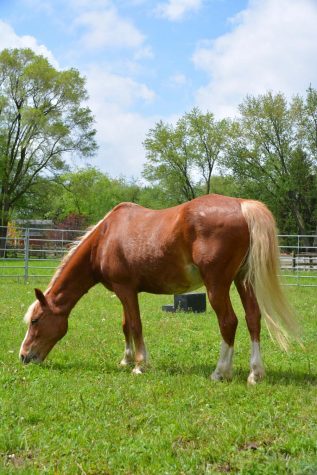
Through observing the interaction between horses, students can explore the social dynamics of interpersonal and group communication. Horses maintain a dominance hierarchy involving individuals pinning their ears straight back and moving on, and driving other horses out of their way.
By witnessing the relationships within the herd, patients of equine-facilitated therapists can identify and open up about the relationships impacting their own lives. DeZutti said teenage patients once witnessed one horse shy in the corner, two rearing up together, and one standing back. The one standing back walked forcefully forward, and the two stopped rearing up and immediately began to behave.
“Teenage patients often find it hard to open up, but after witnessing the horses, they told the therapist how people in their families and friendships related to the actions and personality of each individual horse,” said DeZutti. “One patient said, ‘that’s me and my brother fighting, and my father forcefully breaking us up.’ Each patient has their own metaphorical interpretations helping them better explore and appreciate the conflicts and relationships in their own lives.”
DeZutti said students who are going into physical or occupational therapy should be aware of the amazing potential horses have in interacting with patients. She said young children with cerebral palsy often have their tightened muscles relaxed by the warmth and movement of being on a horse. Speech therapists can also utilize horses to ease the anxiety of a child. She’s heard success stories of therapists getting a child to speak their first words upon a horse.
DeZutti said experiencing the communication techniques of animals can help us fully appreciate the complexities of our interactions with others.
“Every time you have the opportunity to do experiential learning instead of lectures, the interacting and observations impacts you differently,” said DeZutti. “Being able to immerse yourself in actual animal communication instead of a textbook, helps make the education powerful and real.”
